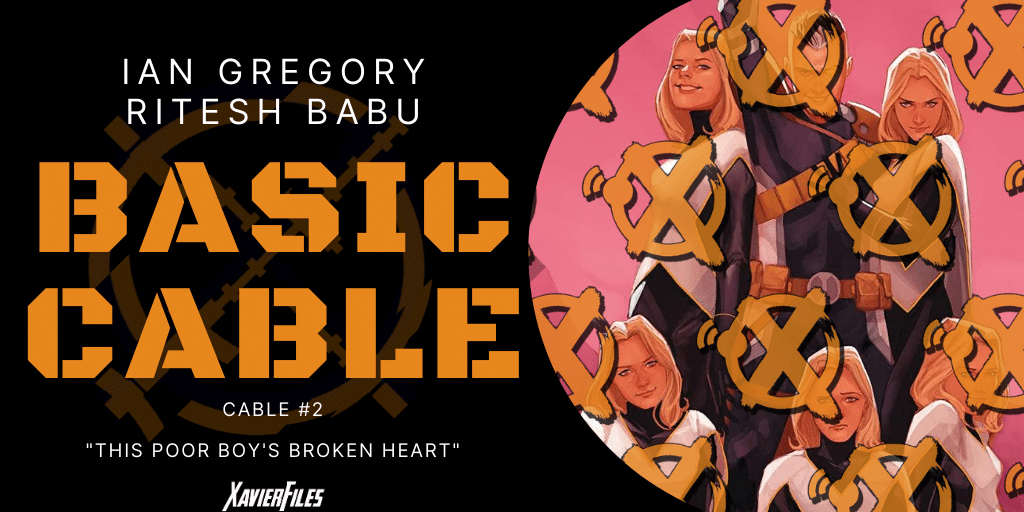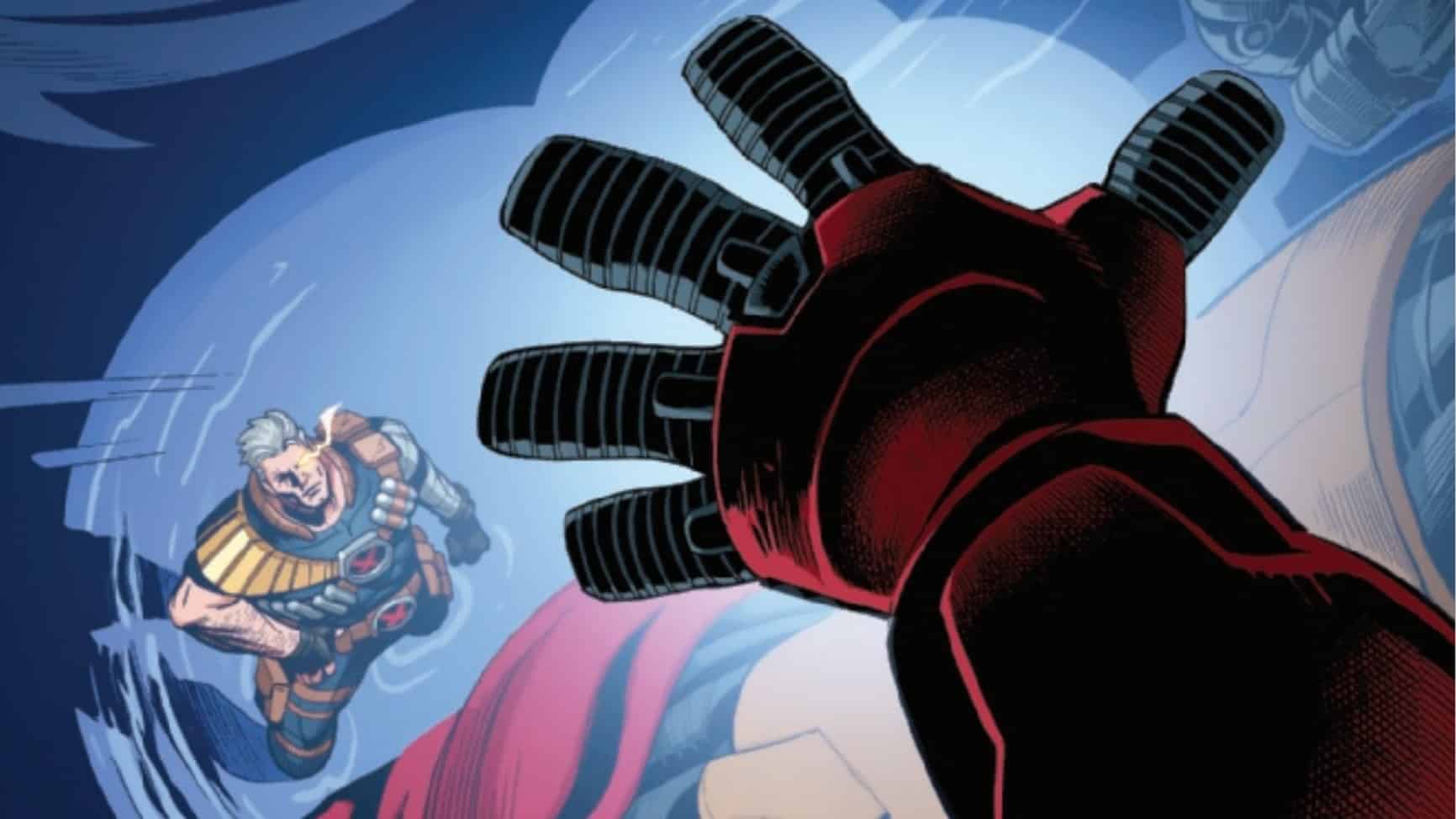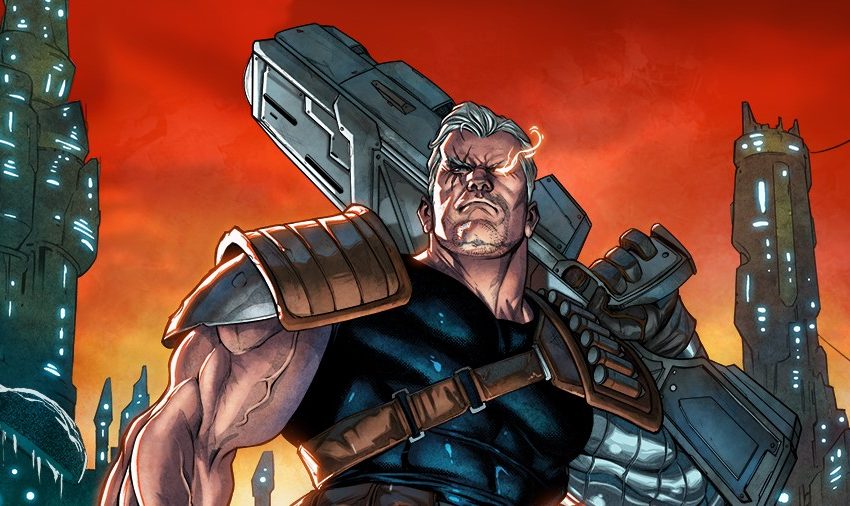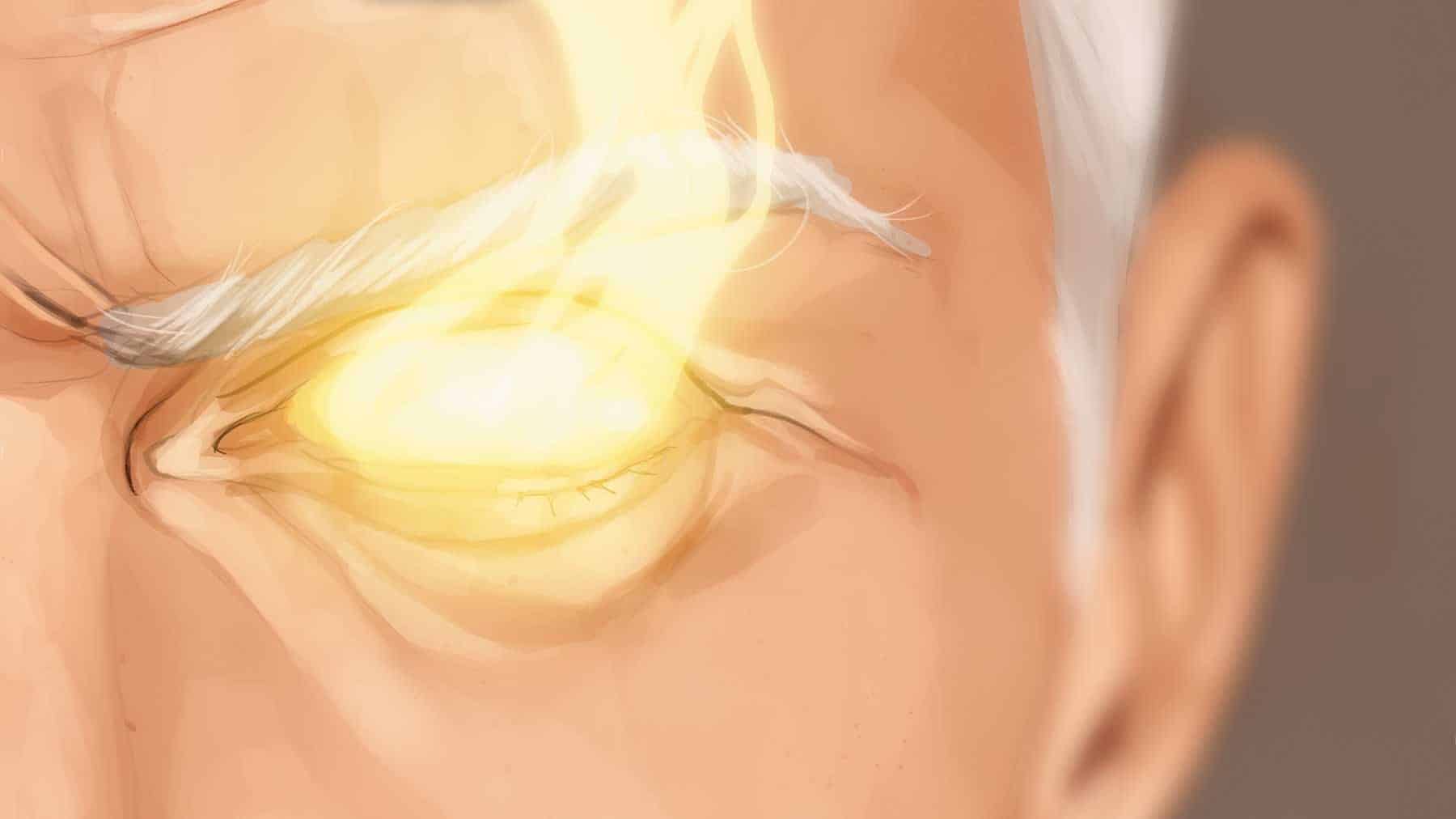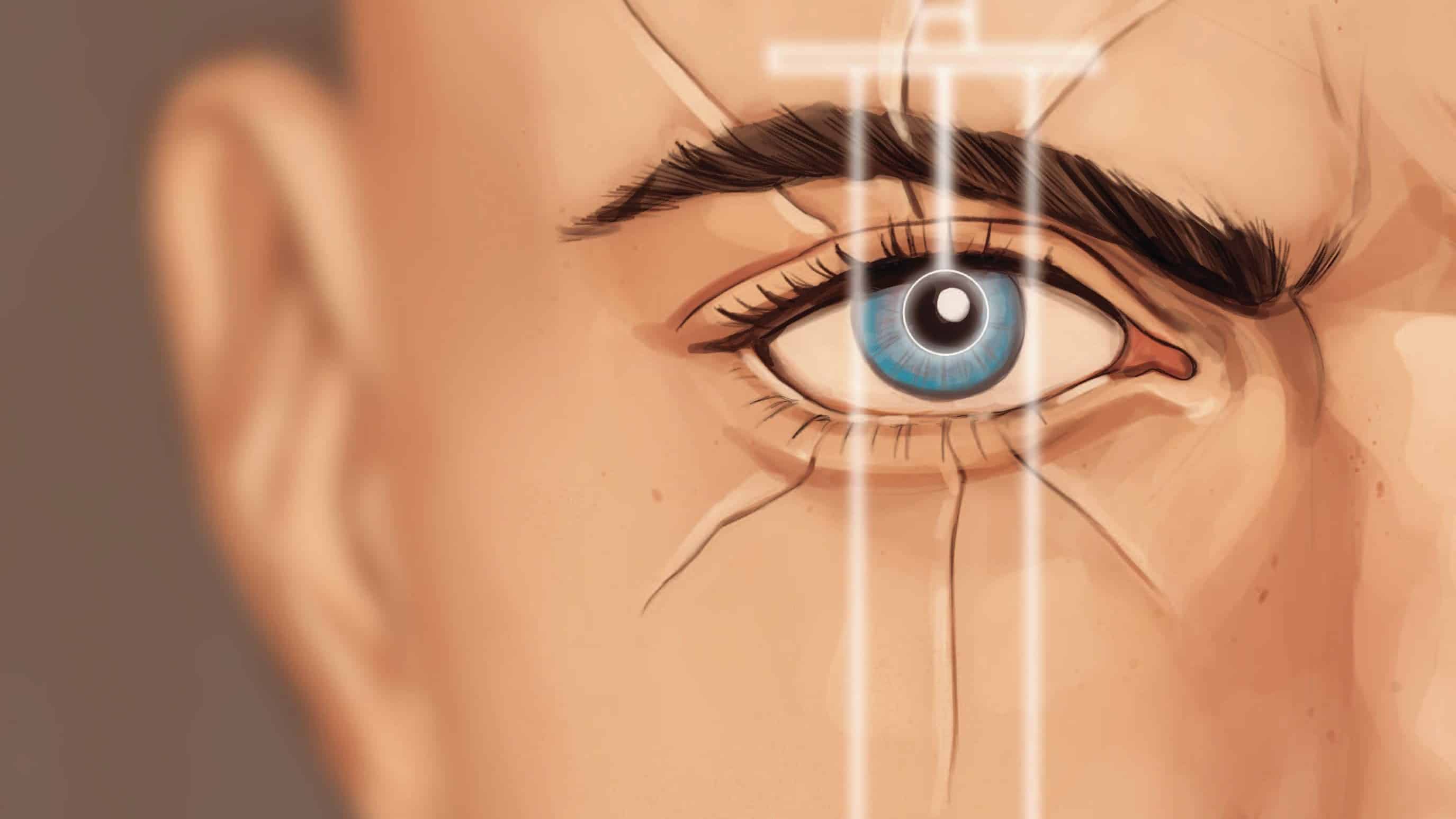Raise your swords and get ready for date night. Nathan Christopher Charles Dayspring Askani’son Summers goes to Philly to find a missing baby, and bites off more than he can chew. Gerry Duggan and Phil Noto take us out on the town in Cable #2.
Ian Gregory: I loved the first issue of Cable, and while it did a great job of introducing us to this version of the titular character, it didn’t really tell us exactly where the story will be going. I think this second issue really locks down an identity for this book, and I’m a little surprised that they’re going for “full-throated action comedy.” Cable’s a character who’s traditionally associated with darker, more serious stories, so this is a unique (and welcome) direction for him. There’s a gag on nearly every other page in this story, and I think they all land.
Ritesh Babu: Yeah. The first issue was Kid Cable: Who Is He? And the second issue is Kid Cable: What’s He Gonna Do? This book seems to have become the primary outlet for Duggan’s comedy chops now, I think, now that he’s done with Deadpool. It’s something he’s quite good at, and so what you get is sort of a fun, almost YA- adventure spin on Cable here.
More than anything though, what I was impressed by is the fact that despite the months-long gap between issues, I didn’t feel like I missed anything. I didn’t feel the need to go back and re-read the #1. Everything you need is right there, and the book’s quite sharp with exposition, once again, like that debut. Whatever detail you need to know in the moment, that’s relevant to the story, is sort of there or explained on the page. It doesn’t drag. It just keeps going, throwing gag after gag.
Phil Noto-ble

IG: I think it’s safe to say that Phil Noto is doing a lot for the pacing of this book, and for the gags. The identically framed Cable and Cyclops sequences with the police, the comics equivalent of slam cuts in Cable’s conversation with Esme, and Cyclops’ sandwich are all moments where Noto takes the joke and elevates it. His layouts continue to be both inventive and easy to follow, particularly in the fight scene (check out the panels where Esme gets sent through the wall and crashes into Cable). It’s hard to say just how well this book would work with a different artist.
In the first issue, we got to see Cable in his element; vibing on Krakoa with his friends, beating up his Uncle Logan, and helping out little kids. Now that he’s out in the world, though, different parts of his character shine through. We see him being self-serious with the police and getting made fun of and dismissed out of hand. We see his relationship insecurities with the Cuckoos. I’m impressed with the amount of character detail we’ve seen with Kid Cable in just two issues.
RB: Noto’s absolutely fantastic here. Comedy is so much in the delivery, and he’s the one that’s gotta do it. At the same time though, I do want to shout out letter Joe Sabino for being the wonderful bridge between the art and the script, actually doing said delivery on-page. Perhaps the most perfect page for me, to sum up what this book, its spirit and ethos are, is the first splash. The book actually opens on quite a heavy, political discussion, with a couple addressing their terribly difficult financial situation, the history of their people, how much they’ve been hurt, the fear and paranoia that comes with living with the baggage they do, and even the idea of ‘passing’ in society, which one of them cannot do.
And then the next page is this big splash with a missing baby, as the characters comedically yell OH MY GOD! OH NO!, while a circular panel punctuates the beat with a newspaper clip with the most absurdly inappropriate headline. Something clearly horrible’s happened, but the moment is played for comedy, and in another book it may not work, but it weirdly gets a chuckle and does here? The team makes it work. It’s absolutely ridiculous and silly. That for me is what this book, this run and take, do well. Instantly pivoting from that heavy, relevant discussion to utter absurdity and hilarity, and it never feels jarring or off. They’re not mutually exclusive. It gels together quite well. That scene is the book’s tone in a nutshell.
The other key thing about Noto that I wanna bring up, the DELIGHTFUL sandwich bit aside, is the splash with the kiss. The way he uses color there is just fantastic. You see this heart hovering above Cable and Esme, drawn in this chalk-like texture with warm colors, and that same chalk-like texture surrounds the two of them, that same color, becoming this warm outline. It’s a lovely way to use color to express a state of emotion, what these two are feeling. Small touch, didn’t need to be there on an already terrific drawing, but it’s that stuff that makes Noto so engaging, I think.
IG: There were some skeptical reactions to this cover when it was revealed, and I love the way that the dynamic between Cable and the Cuckoos completely subverts the cover. It’s adorable how he’s trying so dang hard to impress them, and they’re just having a blast making him work. As adult as Kid Cable acts, he’s still just a teenager desperate for approval. Emma and Scott’s conversation about their situation also reinforces the unevenness of the Cable/Cuckoo relationship. I really hope we get to see the promised conversation between Cyclops and Cable, and I love how even Emma acknowledges that Esme is out of control. This is the kind of soap opera drama I crave in my X-Men. [Ed. note: We love mess]
RB: Kid Cable kind of being a tryhard is great, as is the fun gossipy page we get of the Cuckoos. That entire Emma/Scott interaction is also charged in the most amusing manner. Just…the way Scott says ‘I’ll add it to the list’, implying he keeps a literal list of things (because let’s be honest, he is absolutely the person who would) to talk to with his kid. He’s likely got a whiteboard with STUFF TO TALK TO KID ABOUT written down.
Mutant/Human Dynamics

IG: I wanna go back to the couple at the beginning, actually, and put on my continuity hat and pull out my conspiracy corkboard. They’re Stinger (first appearance, X-Factor #5, 1986) and Omerta (first appearance, Uncanny #392, 2001). Omerta actually died in Frank Tieri’s Highly Questionable 2003 Weapon X series, but is seen here without his powers implying he survived the literal gas chambers in Neverland (told you it was highly questionable) and then lost his powers in M-Day (I also have some complaints about the tones produced when Itchy plays Scratchy’s skeleton like a xylophone).
In Marauders #8, Stinger is mentioned as having the first mutant baby since the formation of Krakoa in a Sinister Secrets data page. Cable asks, in this issue, “Who would want to steal a baby?” Gee, Cable, maybe the guy with a predilection for stealing babies? Who was already aware of this one?
Something interesting we get in this issue is another great instance of the new human-mutant dynamic. The Philly cops aren’t really interested in having the X-Men around to look into this kidnapping, since they see it as purely their jurisdiction. This is an interesting contrast to recent issues of New Mutants, where their attempts to help a newly awakened mutant, first welcomed, then scorned, led to a confrontation with the military. I like seeing the different ways people react to the new Krakoan status quo, and I like that these guys just can’t be bothered to care that much. The opening monologue tackles this too – the real, difficult choice facing mutants living outside of Krakoa, trying to exist in human society.
RB: The cops scene is quite telling, for sure. The fun Philly dig aside, what I think stands out, to loop back to the point you mentioned, is how the book actively builds, then reinforces its own imagery, with Cable/Cyclops. Cable here talks like he’s almost Batman, like he’s in a Frank Miller scene, it’s intense, and then the moment is deflated as the cops mock the kid, and immediately, once again, the contrast of Old Cable/Kid Cable is, and the expectations are reset, just in case you forgot.
But much more vitally, the bit where the cop says ‘Oh we don’t care if you’re white, black, yellow, brown’, that’s the really, really telling part. You’ve seen that rhetoric before, you know what it is, and it’s instantly recognizable, and it makes total sense coming from a cop. It’s that standard ‘Oh I’m for equality, it’s why I fight racism against white people.’ ‘Race doesn’t matter.’ bull that’s peddled, primarily by a lot of white people. I think that’s actually a really important thing to get in there, to take a look at where the mutant metaphor stands now, and how we’re going to proceed from here on out with it.
IG: I think that’s a really important line. Without it, there’s a risk that we’re sympathetic towards them: they’re just good cops, trying to do their jobs! For the good of the people! But that line builds your distrust of them, as does the flippant way they treat the case. The X-Men may bring more collateral damage, but they’re also significantly more likely to solve your case than the cops. In the United States, only 46% of reported violent crimes are solved by the police. The police don’t want the X-Men there because they make their job more complicated, and decide to call them in only once things get out of control.
The Fate Of The Future Boy/Man

IG: I am hoping that the Order of X mentions we get here are a red herring. I’m worried that they’ve shown up in a few too many places as generic villains, and don’t have many distinguishing characteristics. They may end up more like the Purifiers, boring anti-mutant bigots to call in whenever you need a random antagonist to cause problems. It’s also hard to know just how much this story will focus on the kidnapping plot, either. Cable may be leaning hard into the comedy aspects, but it’s also juggling three concurrent plots: the kidnapping, the SpaceKnights, and Cable in Hell. It’ll be a tough balancing act to keep all of them in play at once, and who knows how much play each one will get before X of Swords kicks in. These first two issues have been really successful, but the real test of the formula will be in the third issue, which will have to tie everything together.
RB: For sure. The book’s setting up a lot of pieces, and I’m curious how it’ll balance them all in the long run. I guess the key thing though, and this is a big positive for me, the book never feels light? Comedy books can sometimes feel that way, like you didn’t get your money’s worth, that they were too decompressed, nothing happened. But Cable’s sort of the opposite of that. Its humor doesn’t come at a price. It’s loaded with a lot of stuff to engage, and get your mind working, and it feels meaty. It’s a satisfying experience in installments, since Duggan knows how to write well for a serialized ongoing. I suspect the SpaceKnights and Cable In Hell plots are one and the same, related, just seen through different vantage points in time, but nevertheless we’ll see, especially as XoS gets going. How a book like this handles an event should be fun to watch.
X-Traneous Thoughts

- Omerta is the absolute worst name for an Italian X-Men character, but I expect nothing less from Scott Lobdell
- Furthermore, I resent this issue for making me learn about Frank Tieri’s Weapon X series where mutants got sent to a concentration camp and then were literally killed in gas chambers
- “The house got blowed up” really captures the defeated energy of the regular people who have to deal with the X-Men
- Is Noto perhaps the best artist to draw Emma? Well, he certainly makes a good case here. But let’s not get it twisted, hungry boye Cyclops is also an all-time good Scott, too.
- Krakoan reads: OLD FRIENDS

